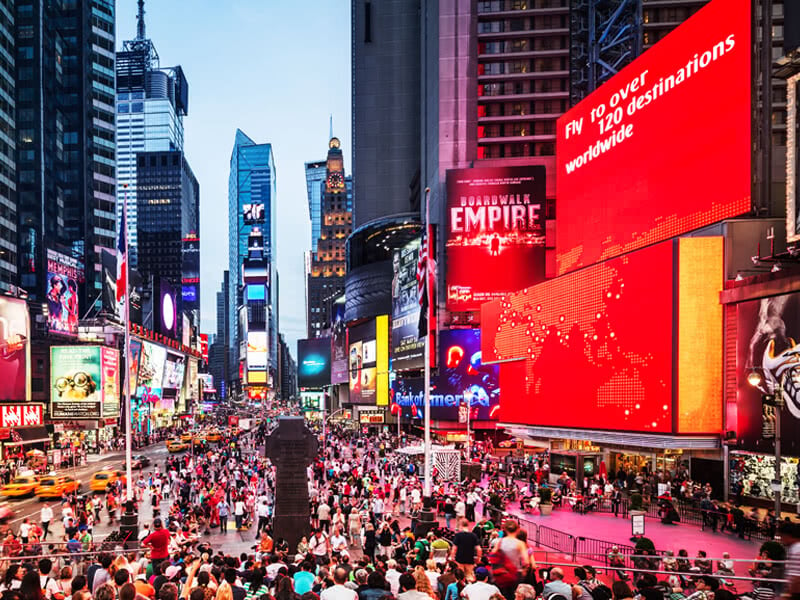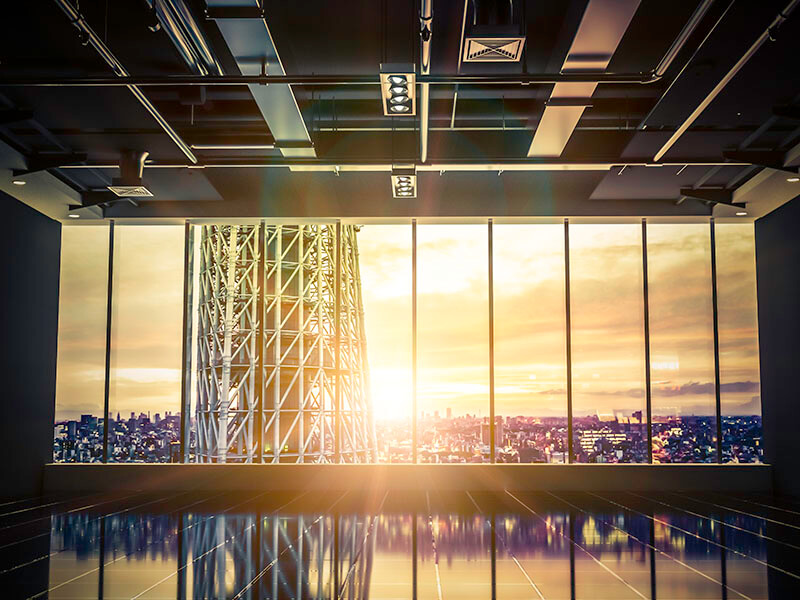Rising rack power densities are one of five trends Vertiv highlighted for 2018, but talk of high-density data centers is by no means a new topic. In fact, a few years ago, we highlighted expert predictions that forecasted power densities of 52 kilowatts (kW) per rack by 2025. Whether the industry will climb to such extremes in the next seven years or not may be up for debate, but data center density is undoubtedly rising.
With 10 kW racks becoming the norm in today’s data center ecosystem, and even 15 and 25 kW racks in some hyperscale facilities, we’ve already ventured into the high-density range, which AFCOM defines as eight to 15 kW. In fact, at Vertiv, we’re experiencing strong demand in the telecom space to accommodate cooling needs for OCP racks of around 20kW. As IT demands increase, data center space remains at a premium and hyper-converged computing systems become more common, this trend is sure to continue into 2018 and beyond.
Scaling Without the Space
Before high-density solutions were introduced, scaling to add power to keep up with data demand also meant more space was needed. Now, high-density racks make it possible to optimize existing space without the need to expand or completely overhaul infrastructure. As a result, data centers and enterprises have the opportunity to downsize, designate the newly freed space to other equipment or create more room to grow and expand in the future as needed.
This is good news for enterprise data centers looking to consolidate and reconfigure internal IT resources, and for colocation providers, with every square foot of data center space now having higher revenue potential.
Don’t Lose Your Cool
But with great power comes great responsibility. It’s not as simple as switching out old racks with new and improved high-density racks. Increasing the amount of power that runs through a defined space will also increase the output heat generated.
To combat this and avoid poor equipment performance, cooling adaptions must be made. These adjustments can vary from traditional hot and cold aisles to emerging solutions that utilize liquid cooling, such as rear-door heat exchangers that can reduce energy consumption for cooling at the racks and in the data center overall, or even chip cooling. While changes like these may require some initial adjustments, adaptive cooling architectures can ultimately provide the flexibility to grow as densities continue to shift.
Smart devices, smart cities, cloud computing and the Internet of Things – none of these are going anywhere anytime soon and will likely only grow in years to come. High-density power is just one of the ways data centers can keep up.





